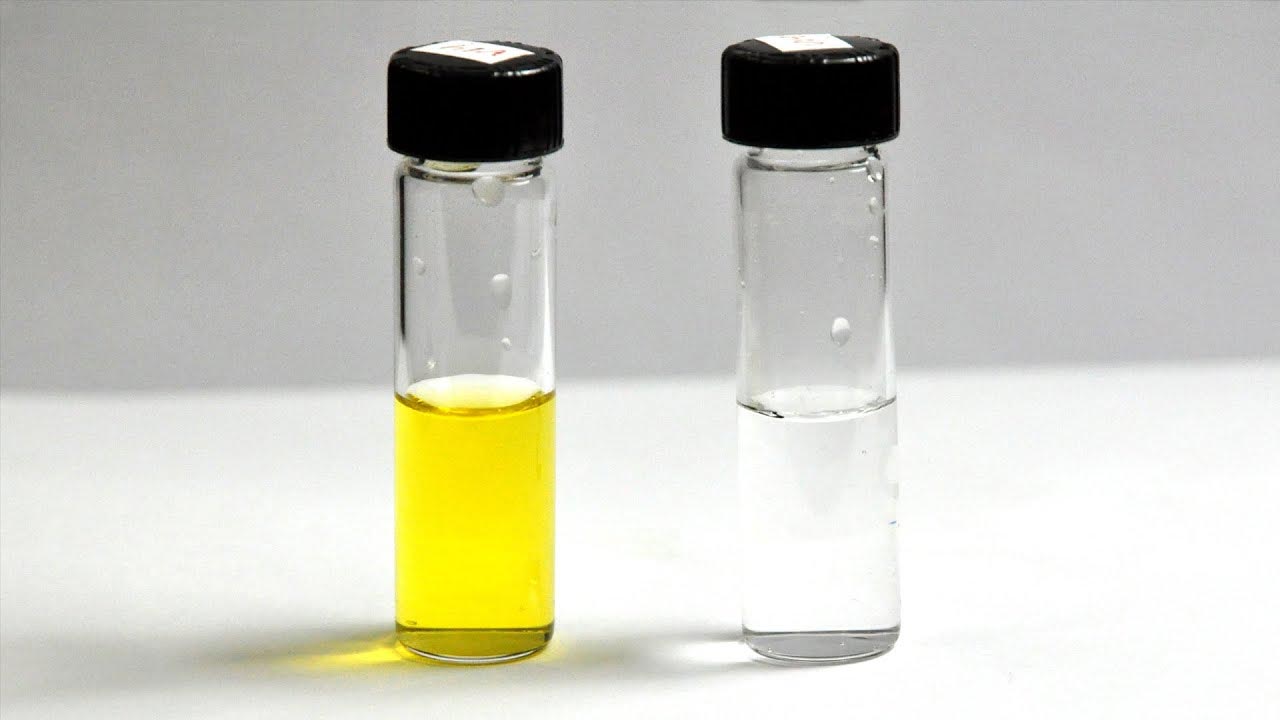
A laser-etched, energy absorbing, water wicking metal surface, continually angled directly at the sun, provides a cheap, efficient way to purify water from sunlight.
By etching metal with ultrashort laser bursts, Rochester researchers demonstrate a way to purify water without wasting energy.
Amid the coronavirus pandemic, people in developed countries are assured of ample supplies of clean water to wash their hands as often as needed to protect themselves from the virus?
And yet, nearly a third of the world’s population is not even assured of clean water for drinking.
University of Rochester researchers have now found a way to address this problem by using sunlight—a resource that everyone can access—to evaporate and purify contaminated water with greater than 100 percent efficiency.
The technology could also be useful in developed countries for relieving water shortages in drought-stricken areas, and for water desalinization projects, Guo says.
Solar-based water purification can greatly reduce contaminants because nearly all the impurities are left behind when the evaporating water becomes gaseous and then condenses and gets collected.
The most common method of solar-based water evaporation is volume heating, in which a large volume of water is heated but only the top layer can evaporate.
A more efficient approach, called interfacial heating, places floating, multilayered absorbing and wicking materials on top of the water, so that only water near the surface needs to be heated.
But the available materials all have to float horizontally on top of the water and cannot face the sun directly.
Furthermore, the available wicking materials become quickly clogged with contaminants left behind after evaporation, requiring frequent replacement of the materials.
The panel developed by the Guo lab avoids these inefficiencies by pulling a thin layer of water out of the reservoir and directly onto the solar absorber surface for heating and evaporation.
Guo, who is also affiliated with the University’s physics and materials science programs, has long envisioned an array of humanitarian applications for an efficient solar-based purification method.
“This is a simple, durable, inexpensive way to address the global water crisis, especially in developing nations,” he says, noting that it could help relieve water shortages in drought-stricken areas and be helpful in water desalinization projects, he adds.
“The Army and its warfighters run on water, so there is particular interest in basic materials research that could lead to advanced technologies for generating drinking water,” said Evan Runnerstrom, program manager, Army Research Office, an element of the U.S.
“The superwicking and light-absorbing properties of these aluminum surfaces may enable passive or low-power water purification to better sustain the warfighter in the field.”.
In addition to using femto-second laser etching technology to create superhydrophobic (water repellent), superhydrophilic (water-attracting), and super energy absorbing metals, the Guo lab has created metallic structures that do not sink no matter how often they are forced into water or how much it is damaged or punctured.
If you use phrases like greater than 100% efficiency you will lose credibility as a scientific site
July 11, 2020
